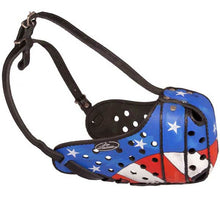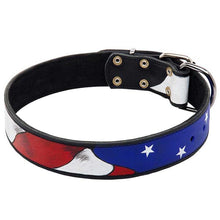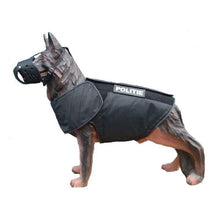Therapy Dog Training: Preparing Your Dog For Emotional Support And Therapy Work

Although therapy and emotional support dogs aren’t required to go through the rigorous training service dogs do, they do require training to ensure they are socialized, well-behaved, and comfortable in various environments.

Therapy dogs are pets that are certified to visit people who need it in a variety of locations. Emotional support dogs are pets that help people with emotional and mental health disorders feel comfortable and calm.
Both types of support dogs help people manage stress, lower their blood pressure, reduce their heart rate, and help ease anxiety. They help people feel better by increasing the levels of endorphins and oxytocin in the brain.

• Providing emotional support to their owners to help them feel comfortable and calm.
• Providing comfort and support to people in therapy environments, such as hospitals, nursing homes, schools, libraries, and during disasters.
• Facility dogs working at specific locations such as in healthcare, rehabilitation, criminal justice, or education settings to help and support clients.
• Helping people deal with emotional or mental health problems.
If you want to train your pet to be a therapy or emotional support dog, first you must decide if your dog is a good fit for either job. Although emotional support dogs generally support their owner, therapy dogs must like to be touched and receive affection from strangers, enjoy having a job, be calm and friendly with new people, and be comfortable in new places and settings.
Once you decide your dog is a good fit, you can begin preparing by:
Socialize your puppy
Most facilities require a dog to be a year or older before they can go to work but the foundation of their training begins with puppy socialization so that they are comfortable with new people, places, sounds, objects, and walking on a variety of surfaces.

Your dog must learn basic obedience commands to prepare them for their certification if they will be a therapy dog. Obedience skills are also very useful for emotional support animals. Ensure they know their basic obedience commands such as sit, stay, come, down, and leave it.
Pass the Canine Good Citizen evaluation
Some facilities require certified therapy dogs to pass the AKC CGC test for obedience. You’ll want to do some research into exactly what you need in your state and at the facilities you’d like to go to. You might also want to consider the Advanced CGC or Urban CGC.
Enroll in a therapy dog class
Take a class with a reputable trainer to help prepare you and your dog, if you’re planning for your dog to be a certified therapy dog.
Pass the evaluation
After you pass the evaluation, register with a national therapy dog organization. Depending on your location, you may get your dog certified as a therapy dog through organizations like Therapy Dogs International (TDI) or the Alliance of Therapy Dogs (ATD).

Before you put your dog to work, ensure they are healthy and on flea prevention and their vaccines are up-to-date. Your dog will be in a variety of settings and around people and other pets so you’ll want to be sure they’re as healthy as possible.
Get Liability insurance
Make sure your organization provides you with liability insurance coverage in case of any incidents or accidents during therapy dog visits.
Go shopping
Along with pet tags, your identification, and certification, some things you’ll want to take with you include a leash, harness, bandana or vest, poop bags, cleaning wipes, your dog’s vaccine record, water dish, grooming tools, hand sanitizer, and treats.

Once your dog is certified, start practicing by making visits to nursing homes, hospitals, schools, or other facilities where therapy dogs are needed. Always call first to ask permission and find out when the best times to visit are.
A commitment to patience, consistency, positive reinforcement, and lifelong learning is important for both therapy and emotional support dogs. Not all dogs or people are cut out for this type of work but the special dogs that are provide a much-needed service and help improve the quality of people’s lives every day.
We hope you find this information helpful. As always, please feel free to share with your friends.
You might also like: Everything You Need To Know To Train Your Dog – Expert Advice
























